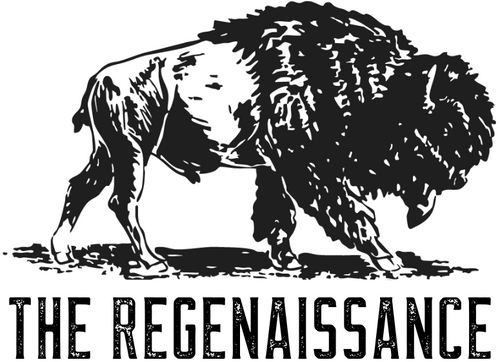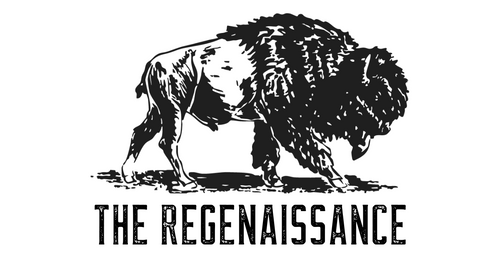Behind every CSA share is a revolution: farmers breaking free from the industrial food trap, and communities reclaiming their dinner tables. Community Supported Agriculture (CSA) isn’t just about getting a box of veggies—it’s about building resilient, regenerative food systems that feed both people and planet.
What is a CSA?
A CSA (Community Supported Agriculture) is a partnership between farmers and eaters. Members pay up front for a season’s share of the harvest. In return, they get weekly boxes of fresh, local food—while farmers get financial stability and freedom from corporate middlemen.
The USDA defines CSA as making the farmland “the community’s farm, with the growers and consumers providing mutual support and sharing the risks and benefits of food production.” That’s not just farming. That’s sovereignty.
Why CSAs Matter for Regenerative Agriculture
-
Farmer Sovereignty: Upfront member support gives farmers capital at planting time and shields them from market shocks.
-
Soil Health & Biodiversity: Most CSAs embrace organic and regenerative practices—cover crops, no-till, compost, and crop diversity.
-
Local Food Security: Food dollars stay local, strengthening regional economies.
-
Consumer Connection: Members don’t just buy food—they join a community, visit farms, and share the harvest (and the risk) with their farmers.
This is how CSAs embody the Regenaissance spirit: rebellion against anonymous supply chains, reconnection with the land, and regeneration for the future.
CSA Success Stories Across America
Down at the Farms (Illinois)
A co-op of 90 farms packing 300–400 CSA boxes weekly. Farmer Marty Travis calls it a “closed-loop supply chain” that keeps food dollars in local communities.
Full Belly Farm (California)
One of the oldest CSAs in the U.S. Their growers remind us: “We’re not just growing plants…we’re growing them to feed and nourish people.”
Wild East Farm (North Carolina)
A regenerative CSA rooted in no-till and silvopasture. Their Autumn CSA offers diverse vegetables straight from transformed pastureland.
Deck Family Farm (Oregon)
A 300-acre organic livestock farm. Their “Full Farm CSA” delivers pasture-raised meats, dairy, eggs, and veggies—proving that regenerative livestock and community food systems go hand-in-hand.
Regional CSA Trends
-
Northeast & Pacific Northwest: High CSA density with long histories of organic adoption.
-
Midwest: Growing through cooperative models (multi-farm CSAs).
-
South: Emerging CSA hubs (e.g., Appalachians, Carolinas).
-
National Picture: USDA reports ~7,200 CSA farms as of 2020—fewer than 2012, but many are evolving into multi-farm hubs and urban CSAs for greater reach.
CSAs may have plateaued, but the model continues to evolve—expanding into meat, dairy, and grain shares, and using hubs to reach more communities.
Why the CSA Model Still Matters
CSA isn’t a fad. It’s a blueprint for a regenerative future:
-
Resilient farmers.
-
Engaged eaters.
-
Healthy soils and communities.
Every CSA box is a quiet revolution against corporate food monopolies.
✊ Viva La Regenaissance





